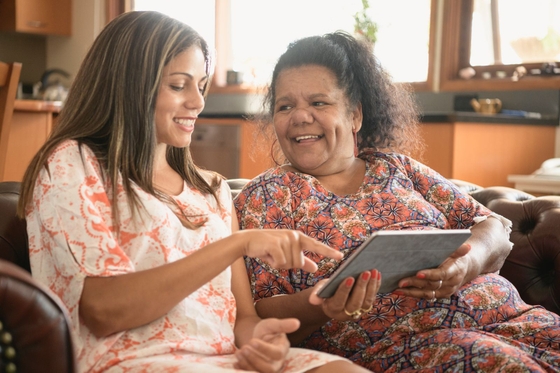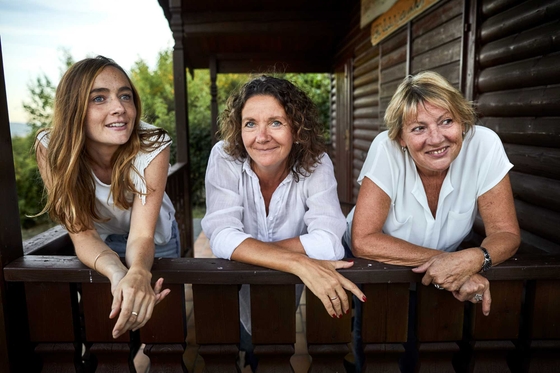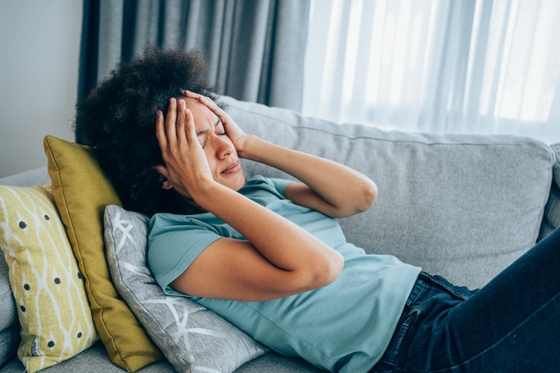
Mae’s journey from ARVC diagnosis to volunteer
A healthy and active lifestyle—until a shocking diagnosis
Mae Diane Villegas considered herself “young, fit and healthy”.
Her diet was healthy, and she maintained an active lifestyle that involved running approximately 50km per week.
“But in 2022 I was shocked to learn that I have arrhythmogenic right ventricular cardiomyopathy (ARVC),” Mae said.
What is ARVC?
ARVC is a genetic disease mainly affecting the right ventricle of the heart. It’s often found when someone goes to their doctor with symptoms of arrhythmias such as chest paint, fluttering or pounding in their chest, changes in their normal heartbeat, and fatigue.
Sometimes there are no symptoms at all. ARVC often leads to abnormal heart rhythms, fainting, and sometimes sudden death. It can also make the heart unable to pump enough blood.
A life-changing event
Mae’s condition became known after she experienced a ventricular tachycardia storm, which was triggered by a run.
Ventricular tachycardia (VT) is an arrhythmia (irregular heart rhythm) caused by abnormal electrical activity in the heart’s ventricles. This causes a fast heartbeat that can start very quickly and last for mere seconds or longer periods such as minutes or hours. In this context, a ‘VT storm’ describes recurrent episodes of VT (three or more in 24 hours).

I didn’t know what was happening to me at the time, but looking back, and the state I had gotten to prior to going to the hospital, I consider myself really lucky to be here.
Mae Diane Villegas
ARVC survivor
Receiving an ARVC diagnosis
She was put to sleep and given cardioversion – where a machine is used to deliver low-energy shocks to restore a regular heart rhythm. Doctors ran some tests on Mae and a diagnosis of ARVC was made.
“Even though my dad has been having heart rhythm issues of an unknown cause for a few years, my diagnosis shocked me. I was also really disappointed for my future prospects, having to reduce my level of activity and be aware that the condition may continue to progress over the long term.”
Finding gratitude and purpose
However, recently, Mae has become more circumspect.
“After coming across stories of those who lost loved ones to ARVC, and how research in the last 20 years has extended my life and the lives of many others, I’ve become even more grateful for my life, regardless of what my future may be and what I’ve lost,” she said.
“I’m also very grateful for the efforts that have been made to reduce to the impact of heart disease. I’d love to pay it forward and contribute to reducing the impact of all types of heart disease.”
Volunteering with Heart Foundation to make a difference
With this first-hand experience and motivation, Mae has put her hand up to become a volunteer for the Heart Foundation.
She counts herself lucky to have survived.
“For whatever reason, I’m still here,” she said.
You might also be interested...

Know your risk: Family history and heart disease
When you have a family history of a disease, this means a member of your family has, or had that disease.

Women and heart disease
Almost every hour of every day an Australian woman dies of coronary heart disease. On average that equates to 20 women a day.1

Seven surprising symptoms of heart disease
You’re probably familiar with some of the more ‘classic’ symptoms of heart disease. Chest pain (angina) which might feel like an uncomfortable pressure or heaviness. Palpitations or sensation of a racing heart. Feeling short of breath or having difficulty breathing.